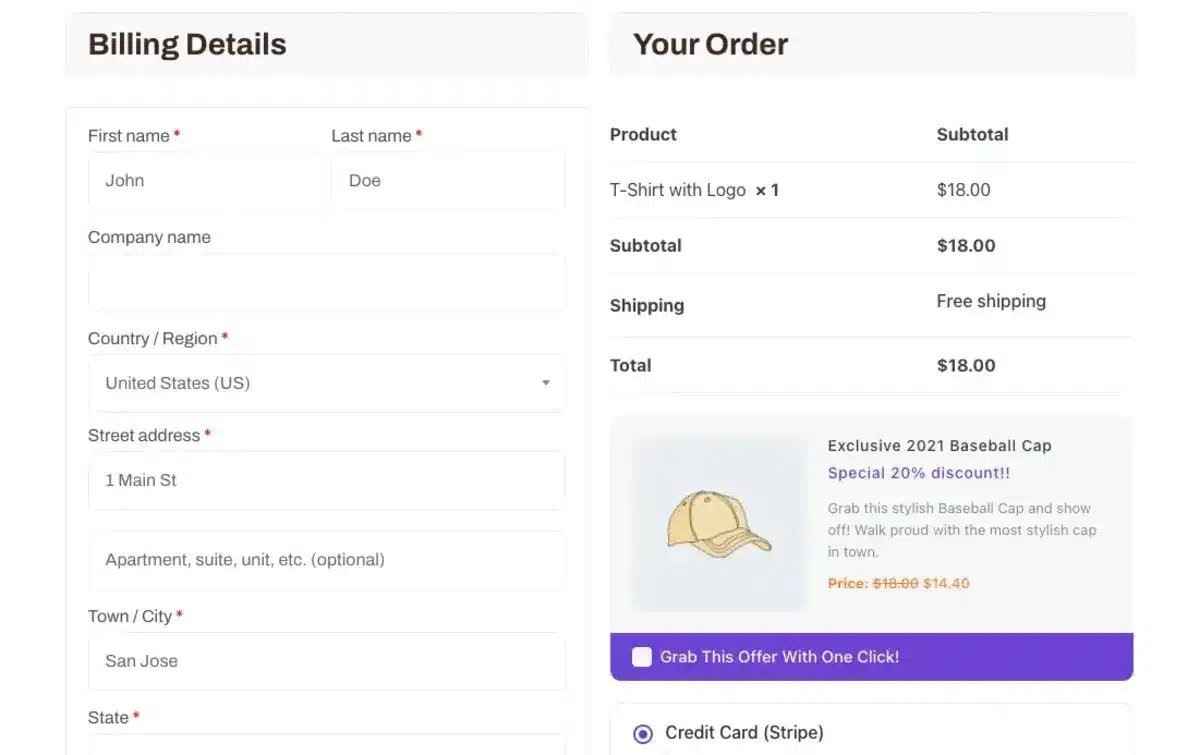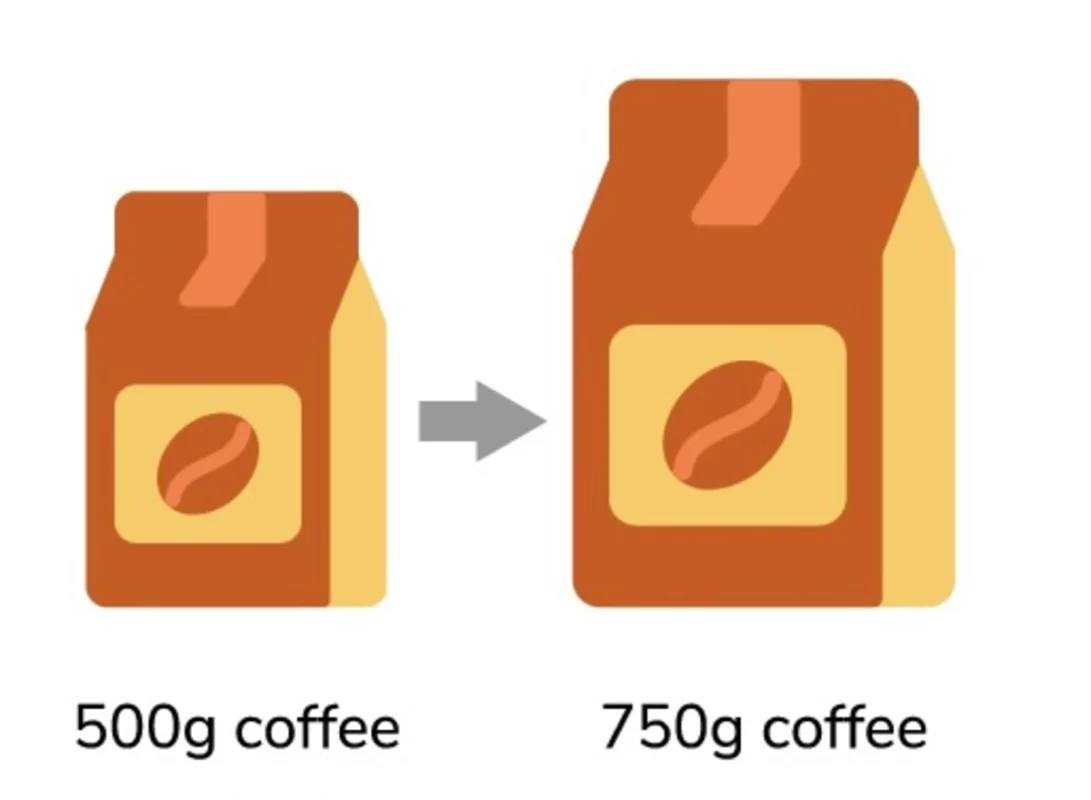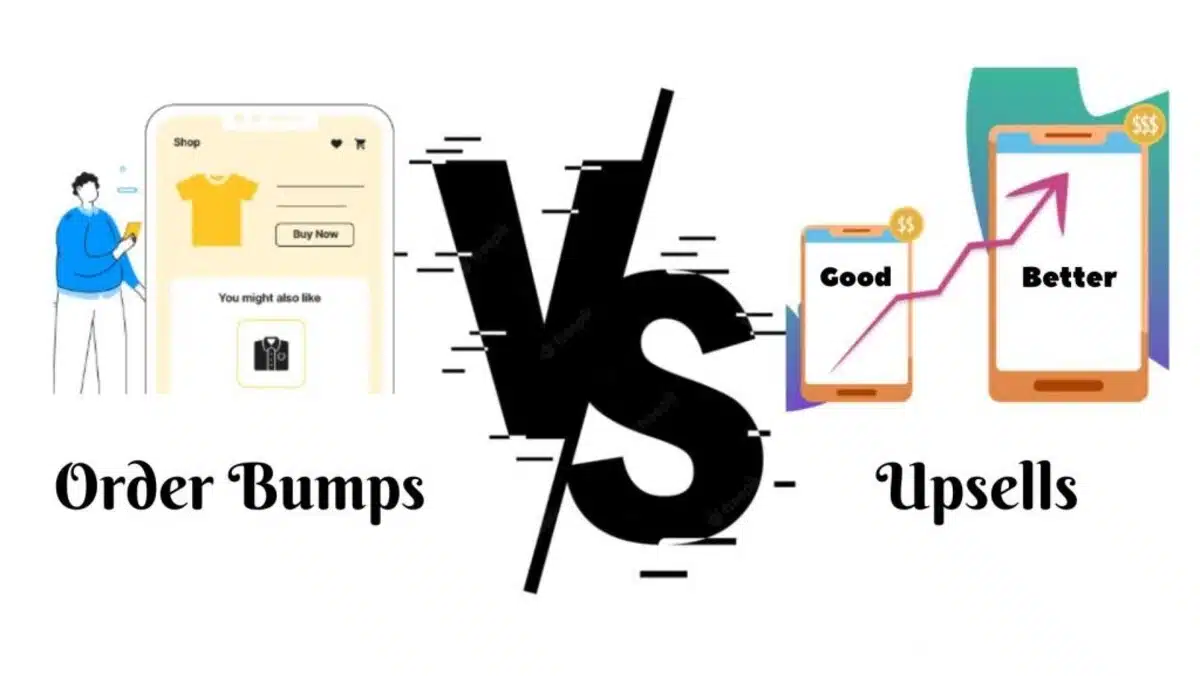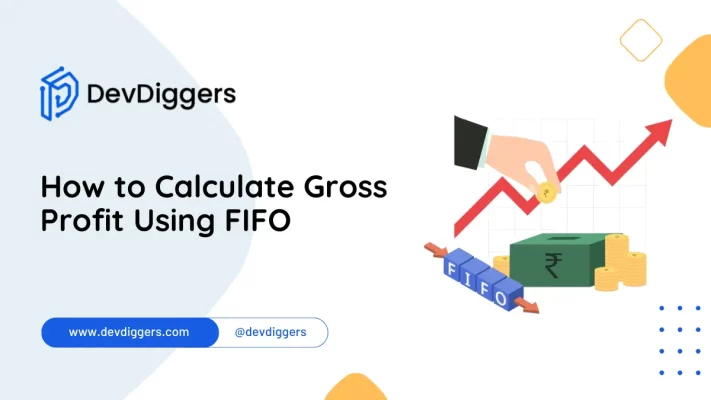Order Bump vs Upsell: Understanding and Differences

In the dynamic realm of eCommerce and online marketing, strategies like order bumps and upsells are invaluable tools for enhancing customer experience and maximizing revenue potential.
While both techniques aim to benefit consumer behaviour, they operate in distinct ways, each with advantages and considerations.
In this blog, we look into the details of order bumps vs upsells, exploring their definitions, functionalities, and effectiveness in driving conversions.
Whether you’re a seasoned entrepreneur or a budding online merchant, understanding the details of these strategies is crucial for crafting a compelling sales funnel and boosting sustainable business growth.
Table of Contents
What is an Order Bump?

In eCommerce, order bump vs upsell strategies are essential for maximizing sales and enhancing customer experience.
An order bump is a strategy where a complementary or related product is offered at purchase.
Positioned as a checkbox or add-on option during checkout, it draws customers to add an extra item to their cart, boosting the average order value.
What is an Upsell?

An upsell is an essential sales tactic employed in eCommerce and retail within order bump vs upsell strategies.
This technique draws customers to purchase a higher-priced or upgraded version of the product they’re viewing or have already added to their cart.
Positioned strategically during checkout or after the customer has selected, the upsell presents tempting options to enhance their purchase.
The upsell aims to boost the overall transaction value by utilizing the customer’s interest and intent to buy.
Like upselling, cross-selling is also present in eCommerce. It helps increase revenue and enhance customer satisfaction by offering personalized solutions that align with customers’ preferences and needs.
Order Bump vs Upsell: Checkout the Differences

Understanding these differences between order bump vs upsell is crucial for effectively implementing both strategies in eCommerce.
1. Timing and Presentation
Order Bump: Presented during checkout, an order bump is often displayed as a checkbox or add-on option alongside the primary purchase. It’s designed to tempt customers into adding a complementary or related product to their cart before finalizing the transaction.
Upsell: Upsells typically occur during checkout or after the customer has selected a product. They are usually presented as suggestions for upgrading to a higher-priced or premium product version, often in a pop-up window or as a highlighted add-on.
2. Nature of the Offer
Order Bump: Order bumps typically involve offering a low-cost or impulse-buy item that complements the purchase’s main product. These items are often chosen to add value to the customer’s purchase and increase the average order value.
Upsell: Upsells encourage customers to consider purchasing a higher-priced or upgraded version of the product they’re interested in. These upsell offers may include additional features, functionalities, or benefits that justify the higher price.
3. Visibility
Order Bump: Order bumps are prominently displayed during checkout, often directly adjacent to the primary purchase, making them highly visible to customers.
Upsell: Upsells may be less prominently displayed and require customers to navigate through additional screens or pop-ups to view the offer, depending on the eCommerce platform’s design.
4. Price Point
Order Bump: The additional items offered as order bumps are usually priced lower than the main product, making them attractive as impulse purchases.
Upsell: Upsells involve higher-priced options, encouraging customers to invest more in a premium version or upgraded product features.
5. Intent
Order Bump: Order bumps build on impulse buying behaviour, aiming to tempt customers with a last-minute addition to their purchase.
Upsell: Upsells target customers who are already committed to purchasing, seeking to encourage them to upgrade or invest more in their chosen product.
6. Integration
Order Bump: Order bumps are seamlessly integrated into the checkout process and are often automatically selected unless the customer opts out.
Upsell: Upsells may require additional steps or interactions from the customer, such as selecting an alternative product or acknowledging the upsell offer before purchasing.
7. Product Relationship
Order Bump: The additional items offered as order bumps are typically complementary or related to the main product, enhancing the overall shopping experience.
Upsell: Upsells may offer alternative versions or upgrades of the same product, providing customers with choices that align with their preferences and budget.
8. Customization
Order Bump: Order bumps are often standardized and applied universally to all customers during checkout, with limited customization options.
Upsell: Upsells may be specified to individual customer preferences or purchase history, offering personalized recommendations based on past behaviour or demographics.
9. Conversion Rate Impact
Order Bump: Order bumps can significantly increase the average order value and conversion rates, mainly when the additional item is compelling and relevant to the customer’s needs.
Upsell: Upsells may have a slightly lower conversion rate than order bumps, as they require customers to decide to invest more in their purchases consciously.
10. Risk Perception
Order Bump: Since order bumps typically involve lower-priced items, customers may perceive them as low-risk additions to their purchase, leading to higher acceptance rates.
Upsell: Upsells, with their higher price points, may carry a greater perceived risk for customers, requiring more convincing or justification to encourage them to upgrade.
While order bumps focus on adding complementary items at checkout, upsells aim to encourage customers to invest in higher-priced versions of the product they’re considering, thereby maximizing revenue and enhancing customer satisfaction.
What to Choose, Order Bump or Upsell?

When considering whether to implement an order bump vs upsell strategy, several factors come into play, including your business model, target audience, product offerings, and marketing approach.
Here are some key points to help you decide between the two:
1. Product Pricing and Profit Margin
- An order bump may be more advantageous if your additional offering is lower priced and increases a healthy profit margin. This approach can improve the average order value without requiring significant customer investment.
- Conversely, if your product line includes premium or higher-priced versions with attractive profit margins, pursuing upsells may prove more beneficial in driving revenue growth.
2. Customer Behavior and Preferences
- It’s essential to analyze your customers’ purchasing patterns and preferences. If they tend to respond favourably to complementary products or impulse buys, an order bump could build on this behaviour.
- On the other hand, if your customers value customization, personalization, or value-added features, presenting upsell opportunities may be more appealing, as it offers them personalized options to enhance their purchases.
3. Checkout Experience
- Consider the checkout flow of your eCommerce platform. This approach may be preferable if it seamlessly accommodates the integration of order bumps without disrupting the user experience.
- Alternatively, incorporating upselling tactics could enhance the overall purchasing journey if your platform supports upsell pop-ups or provides a smooth transition to higher-priced options during checkout.
4. Product Relationship and Compatibility
- Evaluate the natural relationship between your main product and the additional offering. If they align well and complement each other, implementing an order bump may feel more organic and enhance the customer’s shopping experience.
- Conversely, if you offer multiple versions or upgrades of the same product, upsells can present customers with relevant options, adding value and customization to their purchase.
5. Conversion Goals and Metrics
- Define your conversion goals and track relevant metrics, such as average order value, conversion rate, and customer lifetime value.
- Conduct A/B testing to compare the effectiveness of order bumps vs. upsells in achieving your business objectives. This data-driven approach can help identify the most successful strategy for maximizing revenue and customer satisfaction.
By carefully weighing these factors and aligning your choice with your business goals and customer preferences, you can determine whether an order bump vs upsell approach is most suitable for driving conversions and enhancing the overall shopping experience.
Conclusion
In conclusion, the comparison between order bump vs upsell strategies underscores the importance of understanding your customers, products, and business objectives.
While both techniques aim to increase revenue and enhance the shopping experience, they differ in timing, presentation, and the nature of the additional offer.
Order bumps excel at focusing on impulse buying behaviour, seamlessly integrating complementary products into the checkout process.
Conversely, upsells offer opportunities for customers to upgrade or invest more in their purchases, utilizing customization and personalization to drive higher-value transactions.
FAQs
What types of products are suitable for Order Bumps?
Products that complement the main product being purchased are ideal for order bumps. This could include accessories, extended warranties, or related items that enhance the customer’s experience with the primary product.
Can I use Order Bumps and Upsells together in my marketing strategy?
Absolutely! Order bumps and upsells can complement each other effectively in a marketing strategy. You can use order bumps to encourage impulse purchases at the checkout, while upsells can offer more significant upgrades or related products after the initial purchase.
What are the advantages of implementing upsells?
Upsells allow businesses to capitalize on the buying momentum of customers by offering them higher-value alternatives or complementary products. They can significantly increase revenue per customer and maximize the lifetime value of each sale.
Which is more effective: order bump or upsell?
The effectiveness of order bumps versus upsells depends on various factors, such as the nature of the product, customer behaviour, and the timing of the offer. Generally, both strategies can be effective when implemented correctly, but their success may vary based on the specific context and audience.
How can I optimize my order bump and upsell strategies for better results?
To optimize your order bump and upsell strategies, focus on relevance, simplicity, and value proposition. Ensure that the offers are aligned with the customer’s needs and preferences, make the checkout process seamless, and communicate the benefits of the additional purchase.




